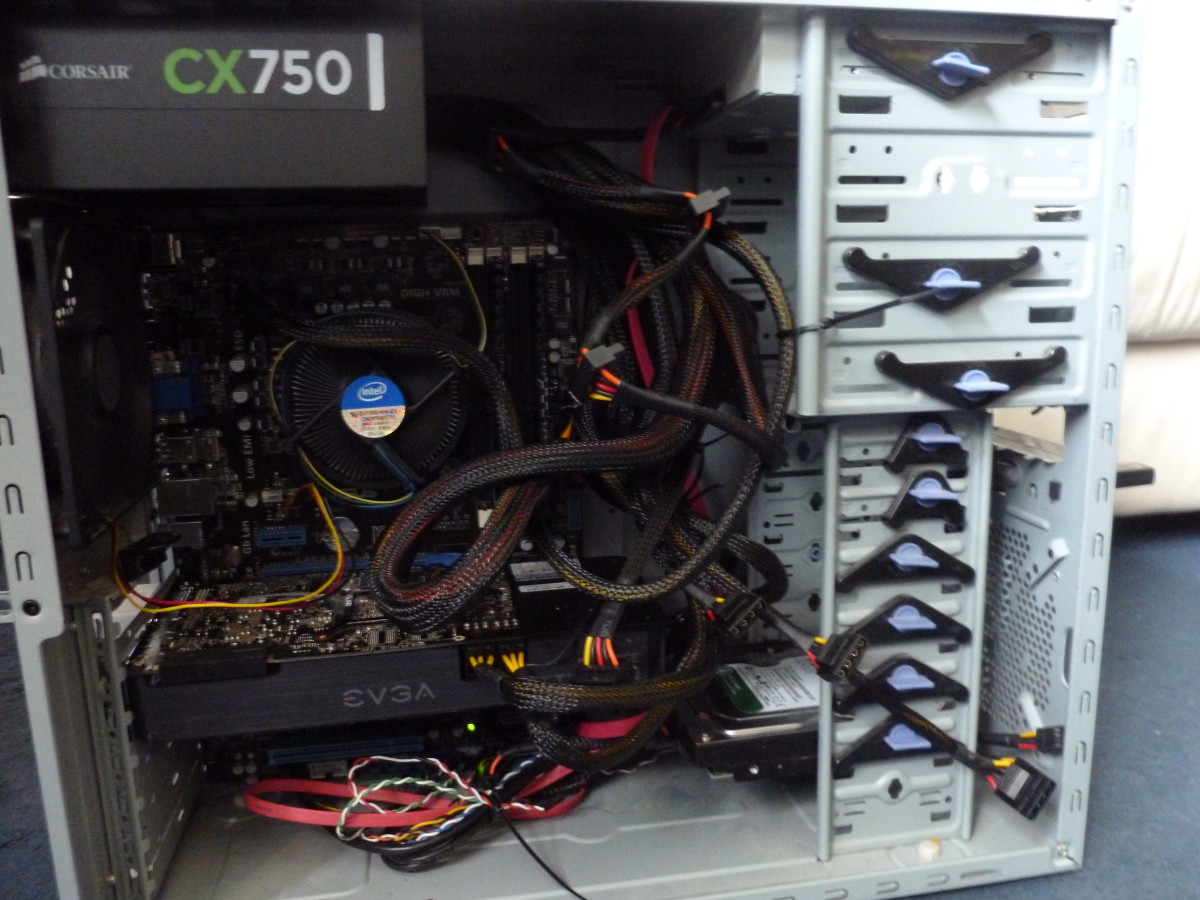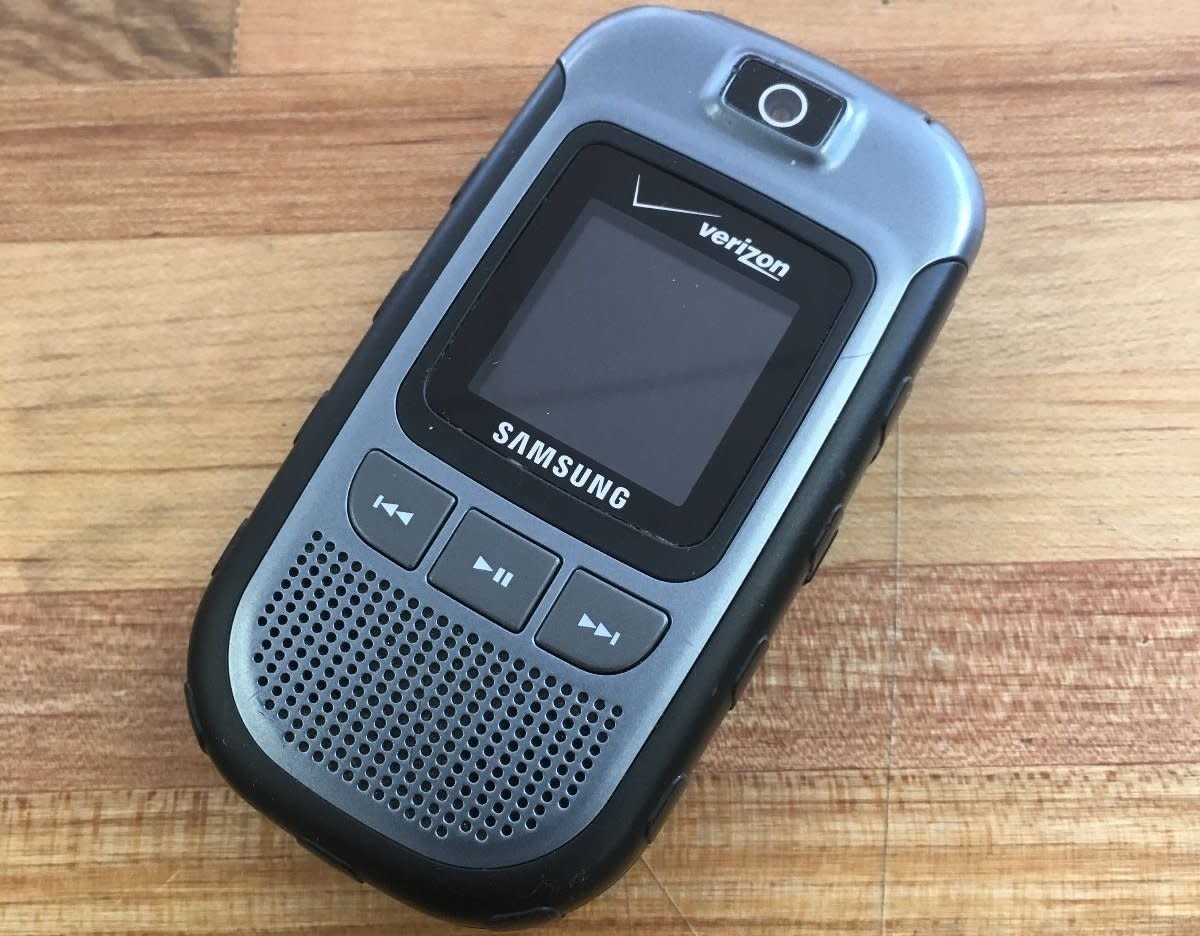Cortex vs Hummingbird, OMAP, Snapdragon, Tegra... All about Best Mobile ARM CPU Processor Names (and Intel Atom too!)
Introduction
If you recently bought or want to buy a smartphone or a tablet, you are probably bombarded with various names like A4, Hummingbird, OMAP, Snapdragon, Tegra, Cortex, ARM, and more. It is confusing as heck, because most people have no idea what they are, much less what they mean for the performance of the devices.
Let us explore the world of mobile CPUs.
NOTE: This is written mainly as introduction to Android phone CPUs, but also includes iPhone and Windows Phone 7.

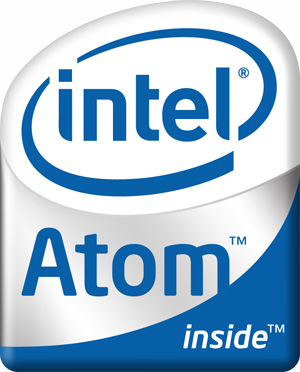
ARM vs. Intel
Right now, there are two popular mobile CPU families in the world... the ARM CPU family... and the Intel Atom CPU family. ARM dominates the market.
ARM family is very widely used in all sorts of places. Most smart phones and tablets are based on ARM CPU. Intel's Atom CPU are mainly used in netbooks. There are supposed to be a phone or two based on Atom, but thus far it has not appeared.
Most of the discussion will be about the ARM CPU family, as it is often customized and given different names by the various licensees. Specifically, it will be about the modern variants used in various mobile phones. ARM CPUs and Intel Atom CPUs are used in many other devices, from routers to netbooks and much more.
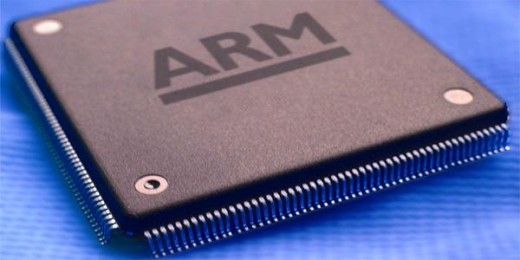
ARM CPU Family
ARM started as "Acorn RISC Machine", which was a CPU (central processing unit) designed by "Acorn Computers" of UK. It was originally intended to be a desktop computer CPU to compete with the Motorola 68000 series or Intel x86 series CPUs. It is based on the RISC architecture, which emphasizes "simple = fast". The simplicity of the design leads to significant savings in power use, while not sacrificing any performance. The first version was released in 1985, and later versions quickly followed. Current ARM is at ARM11, and a newer family of ARM CPUs capable of going multi-core is called "Cortex".
Please note that there is another designation of ARM known as the "architecture generation". There are no major design differences between ARM2 and ARM3, so they are both known as ARMv2. The current architecture is called "Cortex-M".
ARM is unique in that it currently does NOT build its own CPUs. It designs CPUs, and license CPU design to actual chip makers, so chip makers can make further design changes and customizations, perhaps combine the CPU core with other functions to make "system-on-a-chip" or SOC. That's what lead to the various different CPU names.
DEC (or Digital Equipment) had licensed the design for their "StrongARM" CPU. Intel licensed the design as well and called it XScale (but sold it to Marvell in 2006). There are plenty of other licensees of ARM, including Apple, Samsung, Qualcomm, NVIDIA, and more.
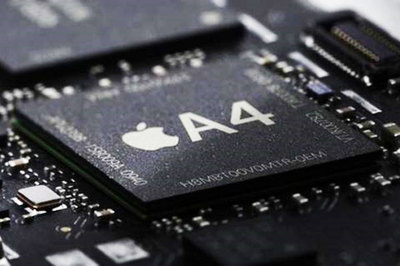
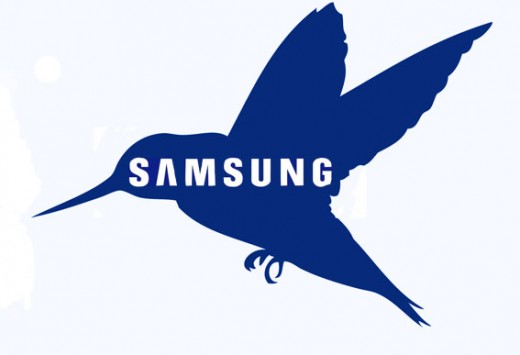
Apple A series and Samsung Hummingbird
Apple's A4 and Samsung's Hummingbird are practically twins, as both are actually designed by the same company: Intrinsity. They are ARMv7 architecture cores combined with other functions, including graphics processor (GPU) and other functions that makes up a phone (such as transceivers) into a single chip.
Hummingbird is not the first ARM chips to hit 1 GHz clock speed, but it claims to be the most power-miserly of the 1GHz mobile chips.
For the Apple A4, there is probably input from a chip design company called P.A. Semi as well. Apple bought the company earlier presumably to help it design better custom chips in the future. Apple A4 is probably best known as the CPU in iPad and iPhone 4.
Samsung used the Hummingbird CPUs in their Galaxy S Android handsets (and its various incarnations, including Vibrant, Fascinate, Captivate, and so on) and the Galaxy Tab.
It is rumored that dual core versions of both will be announced very soon. Samsung has hinted at dual core version of Hummingbird in late 2010. Apple, as usual, kept details about the next iPhone very very quiet.
In March 2011, A5 was announced by Apple as basis of their iPad 2. It is basically a dual-core version of A4. A5 is expected to be the CPU in the next iPhone as well.
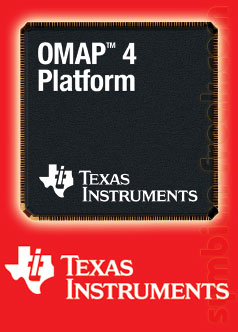
Texas Instruments OMAP
OMAP is another "family" of "system-on-a-chip", this time from Texas Instruments.
OMAP series were used in many multimedia players and mobile phones, often accompanied by a TI DSP (digital signal processing) chip. Motorola used a lot of OMAP chips in their phones. Best known use of OMAP recently is probably the Motorola Droid, the first heavily promoted Android phone in the US. It is coupled with a PowerVR GPU in that implementation.
OMAP4, the latest, is based on the Cortex A8 (ARMv7) dual core.
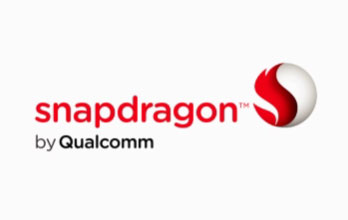
Qualcomm Snapdragon
Snapdragon is the name given by Qualcomm, the communications giant, for its own system-on-a-chip implementation. It is technically NOT a processor, but it is often referred to as one. The actual processor core is called "Scorpion", and it is believed to be Cortex A8 based, though it is customized by Qualcomm and is believed to be better for multimedia processing.
Snapdragon also includes the "Adreno" GPU with technology licensed from AMD, and various other Qualcomm communications chips integrated onboard, with options for GSM, CDMA, or both, as well as LTE, WiMAX, and various combinations.
Snapdragon is used on the HTC Android phones, such as the HTC Droid Incredible and the Google Nexus One.
Snapdragon is going dual core in 2011. Also, at CES 2011, a test version of Windows 7 for ARM was shown on a Snapdragon based board.
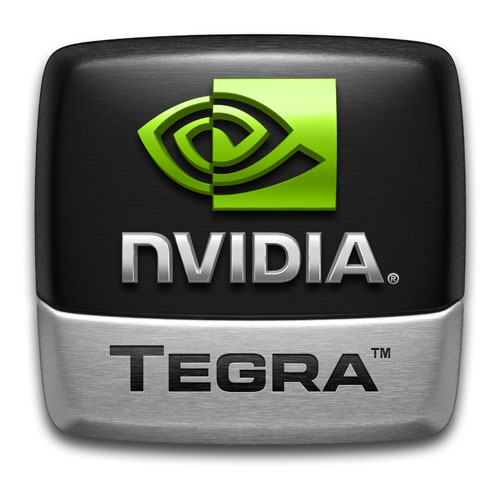
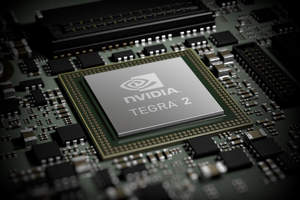
NVIDIA Tegra 2
Tegra chipset is NVIDIA's system-on-a-chip designed for mobile devices. It claims advanced graphics based on their own GPU technology (called Ultra-Low-Power GeForce) that claims to outperform Snapdragon's Adreno GPU and the PowerVR GPU, and is one of the first dual-core implementations on the market.
Several of the first dual-core Android phones announced at CES 2011 are based on the Tegra 2. The core used were ARM Cortex A9s. The chip is capable of doing 1080p video output.
Quad-core, Octo-core and other implementations are of course, in the future.
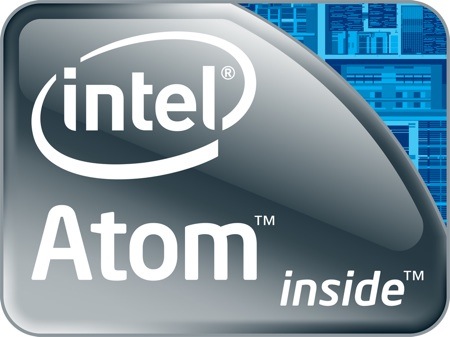
Intel Atom CPU Family
Atom is a CPU family from Intel designed for mobile devices. Unlike the ARM-based "system-on-a chip", Atom is a discrete CPU. Atom is an x86 series CPU and runs x86 code without modification (albeit slower).
The latest Atom is dual-core, but it is not expected to outperform the ARM-based cores.
Atom CPU, due to its x86 origins, is not as power efficient as its ARM-based rivals. Some ARM-based equivalent CPU consumes one quarter the power of an Atom CPU. Also, the Atom CPU has the processing power of a Pentium M, which came out in 2003, making it vastly underpowered to run Windows and Windows-based programs.
However, it does run x86 code, which allows it to access the vast library of existing software. There is no need to port existing software.
Which Is the Best ARM CPU?
This is impossible to say, as there are so many versions of each one, and the actual implementation will vary greatly. For example, the OMAP core used in Motorola Droid is rated at 600 MHz, but Motorola chose to underclock it at 550 MHz for power conservation. Overclockers have pushed the same core as high as 1250 MHz (or 1.25 GHz).
Even within each family minor variations such as different amount of cache, type of memory paired with the chipset (DDR? DDR2? Bus type?) and the GPU will change the performance variable.
What you can be sure is the multi-core ARM-based devices will be faster than ever, while still sip power.
Conclusion
ARM CPU family gets different names from different chipmakers who name their CPU families with the fancy names, but they are mostly the same. Think of them as a family of cars based on the same engine, albeit tuned a bit differently. For example, the Ford Ecoboost engine are used in F-150, Mustang, Flex, Edge, Fusion, and more. There are multiple versions of the same engine, and can be tuned differently.
New versions of ARM CPU and Intel Atom CPU are pending, and with new GPU cores, memory interface, and more, you will have more power at your fingertips than ever.
More Android Stuff
- Review and Comparison of 33 free Home Replacement Ap...
Review of over a dozen free home or launcher replacements for Android 2.X phones. Which replacement supports themes, live wallpapers, static shortcuts, pop-up shortcut bars, additional workspaces, previews, and/or other abilities? Find out here! - Android Browser vs. Dolphin HD, Opera Mini, xScope, ...
Android web browser... Browser, Dolphin HD, Opera 5 Mini, xScope, or Skyfire? How about Firefox/Fennec and other browsers? Find out which is the best choice on Android device. - Android Starter Kit: What every new Android owner sh...
Following are some of the most useful items for new Android Phone users, and they are all free. Free guide to Android, free apps to help, and more. - How to Make Your Slow and Slower Android Phone Faste...
Android phones are wonderful little devices, capable of wide variety of functions due to its openness, but a lot of the problems comes from a lack of understanding of the Android OS. Here we will dig into the... - Eight Things You Should Try on an Android Phone: Fre...
Android phones can do a lot, but how about exercise buddy? Personal finance? Find 8 uses you haven't thought of with your Android smartphone.


